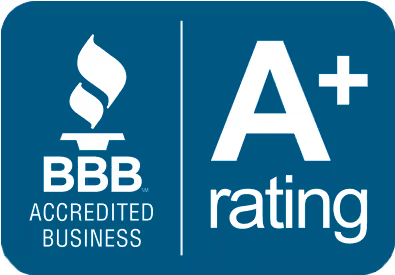
The COVID-19 pandemic has created a variety of setbacks in the everyday lives of a lot of people. For many, especially those who enjoy going out to the gym, the increase in indoor living has them feeling unsure or lost at what to do to keep up their routines. Fortunately for those who enjoy an active lifestyle, there is a way for them to keep up with their exercise routines in effective and even entertaining ways. But as you dive into your indoor at-home workouts and activities, be mindful that your indoor air quality will become all the more important as you will be spending more time in that environment.
Some activities have always been thought of as an indoor activity, such as painting, building a computer, or cooking. But what about your weekly visits to the yoga studio? Or your trips to the gym? Here’s some ways that you can bring those out-of-home activities to the safety of your home:
These are just some of the ways that you can bring your exercise activities into your home. What’s more, it’s easier than ever to enjoy an engaging workout experience through instructor-led videos and online exercise classes. There are both free and subscription-based options out there to enhance the quality of your at-home exercise.
A good workout involves a lot of breathing. But when exercising indoors, it becomes important that you take measures to improve the air quality of your home. From air purification systems to humidity control systems, there are several methods of air quality control that you can use to make your indoor space perfect for your workouts and activities. These are especially helpful if it’s too cold in the winter or too hot in the summer to open a window.
While a lot of people may simply use a room fan to keep themselves cool while they workout, it isn’t always enough, especially if you enjoy working up a good sweat.
Sweating can add humidity to the indoor air, which can affect both you and your home depending on the relative humidity of your indoor air environment.
According to Temperature: Multidisciplinary Biomedical Journal, the rate of time to exhaustion increases along with the level of humidity in your environment. Whether it’s from the sweat from your workout, or from the preexisting air environment you live in, that humidity can cut into your workout time and interfere with your exercise plan. At higher humidity levels, you could be working harder to pull off as much of a workout as someone exercising in a drier environment. As the humidity rises, your sweat won’t work as well to cool you off, which can both be uncomfortable as well as potentially dangerous in certain situations.
As explained in MIT School of Engineering’s Ask an Engineer, the speed in which sweat evaporates depends on the relative humidity in the air. The less saturated the air is with moisture, the quicker the sweat evaporates, and you cool off. But when the air is heavy with moisture, that sweat takes longer to evaporate and your body’s heat continues to build. In the worst-case scenario, this can lead to heat stroke or heat cramps.
High levels of humidity can also have a variety of effects on your home, but perhaps one of the most unwelcome is mold growth. According to the EPA, your indoor humidity should be kept “ideally between 30 and 50 percent” to maintain a healthy home that also prevents mold growth. When high levels of moisture are allowed to linger, mold will take the opportunity to attempt to grow, which can lead to various problems:
The risk of mold can begin at a humidity level of 65%, but the higher it goes, the greater the chances that mold will begin to grow and spread. Controlling your indoor humidity can go a long way to helping maximize the health benefits of your workouts while keeping you and your home safe.
From resting in bed to attending a yoga class from your living room, the humidity of your indoor air can affect the quality of all your at-home activities. One place that can become a collection point for moisture is your crawlspace or basement, especially if there’s a leak present. That moisture, in turn, can lead to humidity changes as well as mold growth, all of which can affect the rest of your home and your quality of living. With ’58 Foundations & Waterproofing’s own HumidiGuard line, you can keep the air of your basement or crawlspace nice and dry. This can be especially useful in keeping the air at an appropriate level of humidity if your basement is a finished space, and you’re looking to use it as your workout area or an active space. Give us a call today to schedule for a free inspection and receive a detailed estimate—keep humidity out, so that you can enjoy the indoors!
Sources:
Temperature: Multidisciplinary Biomedical Journal:






We respect your privacy. By submitting, you authorize '58 Foundations and Waterproofing to reach you via call, email or text for information about your project needs. We will never share your personal information with third parties for marketing purposes. You can opt out at any time. Message/data rates may apply. Consent is not a condition of purchase. Privacy Policy